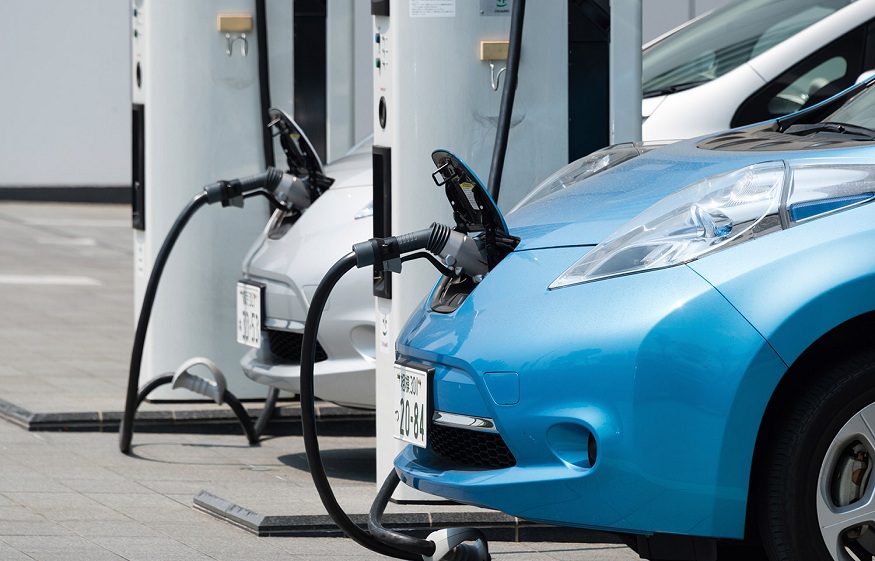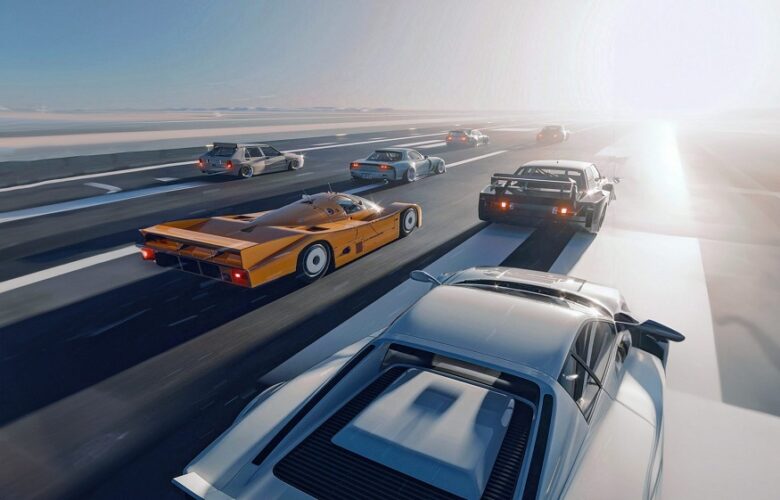In a world grappling with the urgent need to combat climate change, zero-emission vehicles have emerged as a game-changer on the road to a sustainable future. With their revolutionary technology and environmental benefits, these vehicles are transforming howyou think about transportation. Gone are the days of reliance on fossil fuels and harmful emissions polluting your planet. Instead, zero-emission vehicles offer a glimmer of hope, combining innovation, efficiency, and a cleaner future on wheels.
When you work with Ree Auto, you will understand more about zero-emission vehicles, also known as ZEVs, as an innovative and sustainable solution to combat climate change and reduce carbon footprint.
Let’s explore the detailed explanation of the changes that zero-emission vehicles bring:
Electric Vehicles (EVs):
-
- EVs run solely on electricity, eliminating the need for fossil fuels and tailpipe emissions. They are powered by rechargeable batteries and electric motors, resulting in zero direct emissions.
- The shift to EVs significantly reduces greenhouse gas emissions, air pollution, and dependence on fossil fuels. The environmental benefits of EVs are maximized by utilizing renewable energy sources for charging, such as solar or wind power.
- EVs also offer a smoother, quieter, and more responsive driving experience. With instant torque and a low center of gravity due to battery placement, they often provide excellent acceleration and handling.
Hydrogen Fuel Cell Vehicles (FCVs):
-
- FCVs use hydrogen as a fuel source, converted into electricity through a chemical reaction with oxygen in the fuel cell stack. The only byproduct of this process is water vapor, making FCVs truly zero-emission vehicles.
- Hydrogen can be produced from renewable sources, such as electrolysis powered by renewable energy, further enhancing the sustainability of FCVs.
- FCVs offer longer driving ranges and shorter refueling times than traditional electric vehicles. They provide a similar driving experience to conventional vehicles, with the added benefit of zero emissions.
Reduction in Greenhouse Gas Emissions:
-
- Zero-emission vehicles are crucial in reducing greenhouse gas emissions, major contributors to climate change. By eliminating tailpipe emissions, they help mitigate the impact of transportation on global warming.
- According to studies, the widespread adoption of zero-emission vehicles could significantly reduce carbon dioxide emissions and air pollutants, improving air quality and public health.
Charging Infrastructure:
-
- As zero-emission vehicles gain popularity, the development of charging infrastructure is expanding rapidly. Public charging stations and home and workplace charging options are becoming more accessible and convenient.
- The growth of fast-charging networks allows quicker charging times, making EVs more practical for long-distance travel. This infrastructure development encourages the adoption of zero-emission vehicles by alleviating range anxiety and enhancing convenience for drivers.
Government Incentives and Support:
-
- Governments worldwide are implementing various incentives to promote the adoption of zero-emission vehicles. These include tax credits, rebates, and grants to make these vehicles more affordable and appealing to consumers.
- Additionally, stricter emission regulations and policies push automakers to invest in zero-emission vehicle technologies and increase production and availability.
Wrapping Up
Zero emission vehicles offer a promising solution to climate change by reducing greenhouse gas emissions, improving air quality, and fostering sustainable transportation. As technology advances and infrastructure expands, the future of transportation is shifting toward a cleaner, greener, and more sustainable direction. By embracing zero-emission vehicles, we can get ahead of climate change and create a better world for future generations.




